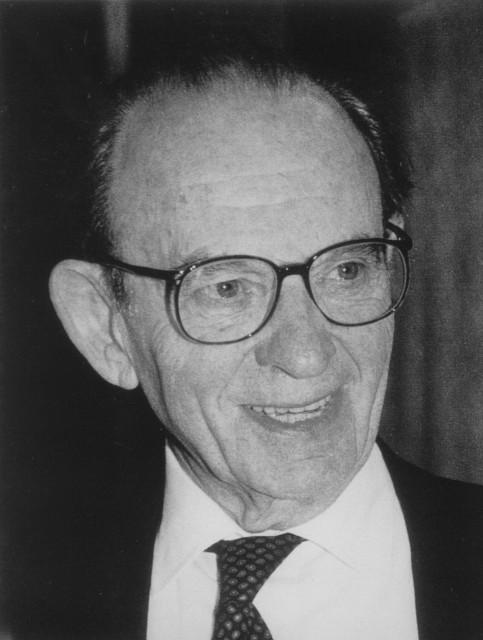Gilbert Stork
1921-2017

Not many people have had a greater impact on modern organic chemistry than Gilbert Stork. His original and profound intellectual style strongly influence the way organic chemists now think about synthesis. In particular, the invention of a new reagent to solve a specific problem in total synthesis, and the inclusion of stereospecificity in a synthetic design are Stork trademarks. His many inventions include the enamine alkylations and acylations, regiospecific metal enolate formation and trapping, and the preparation of functionalized rings via cyclization of olefinic vinyl radicals. Mechanistic studies include the stereochemistry of the SN2' reaction and the stereochemistry of polyene cyclization (Stork-Eschenmoser Hypothesis). His many total syntheses include cantharidin from furan, the pentacyclic triterpene lupeol (10 asymmetric centers put in place with complete stereochemical control!), the alkaloids yohimbine, aspidospermine and the incredibly complex cytochalasin-B, and the use of C-O stereochemistry in glucose to construct C-C stereochemistry in a prostaglandin. In 2001 he published the first completely stereoselective total synthesis of quinine.
Stork was born in Brussels, Belgium, and received his secondary education in France. The B.S. (1942) and Ph.D. (1945) were obtained at the Universities of Florida and Wisconsin respectively. He was on the Harvard faculty (1946-53), then joined the Columbia faculty where he was instrumental in building its strong organic group and is currently Eugene Higgins Professor Emeritus. Stork's many awards include the ACS Award in Pure Chemistry (1957), the ACS Award for Creative Work in Synthetic Organic Chemistry (1967), the Arthur C. Cope Award (1980), the Willard Gibbs Medal (1982), the National Medal of Science (1982), the Tetrahedron Prize (1985), the Roger Adams Award (1991) and the Wolf Prize (1996).
Sponsor: William H. Reusch
Location in chemistry building: Fifth Floor; East Wing South Wall; Sequence 7
Source: Professor Stork